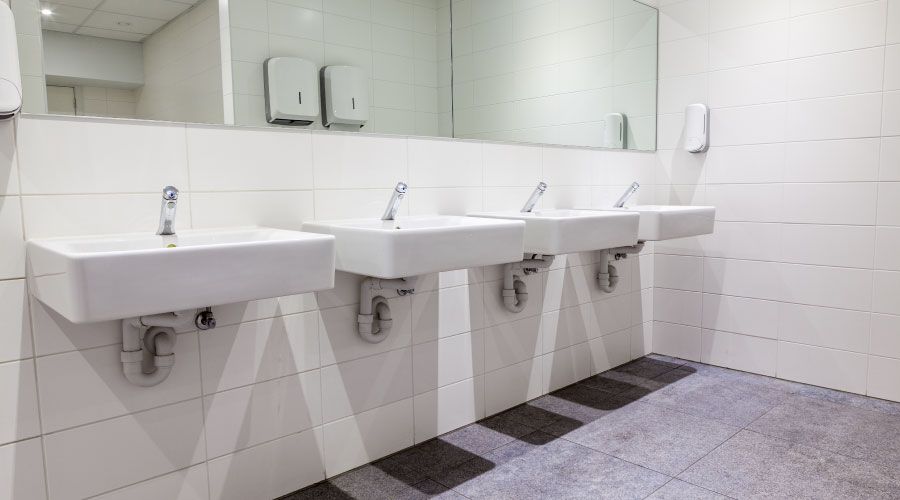The Role of a CMMS in Restroom-Dispenser Maintenance
Every time someone initiates a request for restroom service — whether for inoperable paper-product dispensers, clogged soap dispensers, sensor failure, battery replacement, or inoperable hand dryer — the worker should document the problem using the department’s computerized maintenance management system (CMMS). This documentation must include the initial request, approval, planning, scheduling, assigning, completion, and follow-up by a supervisor to ensure the quality and completeness of the work.
When the technician completes the work order, the information it contains becomes a part of the CMMS database, which contains all the restroom repairs. This database provides managers with a history of material and labor costs for each location.
Managers can use the information to enhance user comfort, estimate future budgets, identify chronic problem areas, decide whether to repair or replace dispensers or upgrade whole restrooms, meet and document ADA compliance, compare dispenser brands, evaluate worker performance, provide input for continuous improvement, and reduce costs — all while improving the overall efficiency of the department.
Related Topics:














